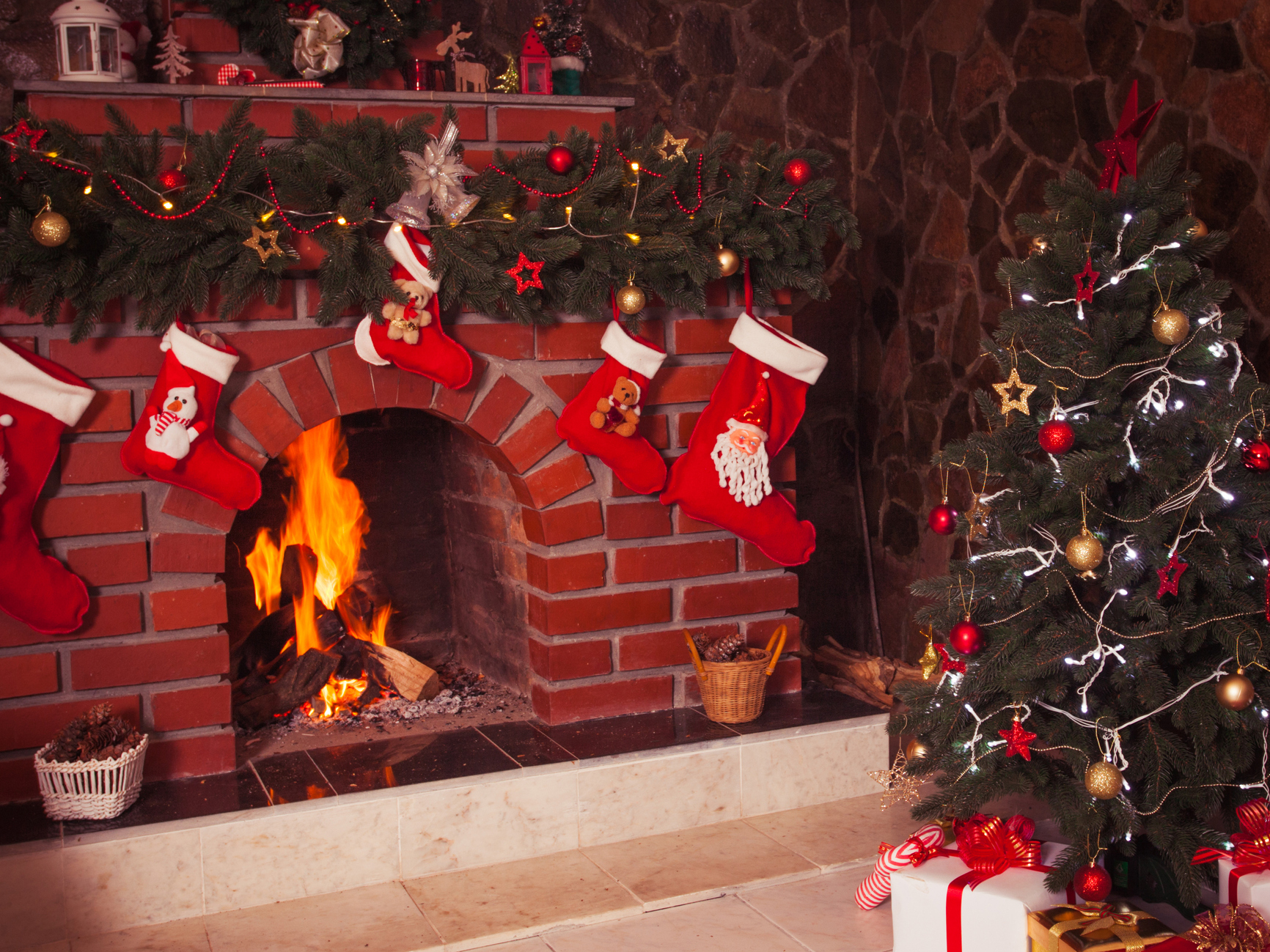Get Easy Health Digest™ in your inbox and don’t miss a thing when you subscribe today. Plus, get the free bonus report, Mother Nature’s Tips, Tricks and Remedies for Cholesterol, Blood Pressure & Blood Sugar as my way of saying welcome to the community!
Make your winter home a haven, not a hazard zone

Unless you live in Hawaii or maybe California, chances are the weather is getting pretty cold where you are.
As it gets colder, we spend more and more time indoors, snuggled in blankets or sitting in front of fireplaces. And the fact is, our homes can be dangerous places.
With the windows closed, your exposure to any toxins present in your home intensifies.
But it’s our efforts to keep warm and celebrate the winter holidays that are especially dangerous…
In fact, according to the National Fire Protection Association (NFPA), Christmas trees, Christmas lights, candles (which we tend to burn more during holidays), holiday cooking and additional heat sources, like small heaters, can all make this time of year very dangerous, if we are not cautious.
Here’s a guide to some things in your home that can pose a danger to you this winter, and some tips on how to fix them.
Preventing fire in your home
The U.S. Fire Administration tells us that about 900 people die in winter home fires each year. Most of these deaths occur in the evening between the hours of 5:00 and 8:00 p.m.
The leading source of winter house fires is having a combustible item too close to a heat source. Heating equipment is involved in 20 percent of home fire deaths.
Here are some things to look for and possibly change in order to prevent a house fire this winter.
Space heaters. If you live in an old or drafty home, you may use a space heater to heat individual rooms. The heat may be welcome, but these devices come with definite hazards.
First, they generate a lot of heat. Anything that touches one, even clothing, can catch on fire. Taller space heaters can tip over and start a fire.
If you plan on using a space heater, here are some precautions:
- Buy a space heater with a guard around the heating element, so clothing and other items can’t come into contact with extreme heat.
- NEVER leave a space heater on when you leave the house or go to sleep.
- Check your heater regularly. Look for frayed wires and remove dust on grates, grills, and coils.
- Keep anything that can burn at least three feet from your heater.
Clothes dryers. The fire hazard here is the lint that accumulates in your dryer’s filter. Why? Quite simply, lint can catch fire from the heat generated by your clothes dryer.
This is an easy fix. Make it a point to remove lint from your filter after each use. Remove the large pieces by hand, and use a dryer lint brush to remove small pieces and leftover dust.
Once a year, clean the vent tube that sends air outside. Early fall is the ideal time to do this. If your vent tube is an “accordion style,” it’s a good practice to replace it at this time, since lint can build up in the folds.
Christmas trees. NFPA reports that an average of 170 home fires per year start with a Christmas tree. They may not smell as good, but artificial Christmas trees are far less flammable than the real item. Make sure the tree you purchase is labeled “fire resistant.”
Christmas lights. Make sure you are not overloading your home’s electrical circuitry. According to NFPA, an average of 800 home fires per year begin with decorations, excluding Christmas trees.
Candles can provide a little extra sparkle during the holidays, but never leave them unattended, and extinguish when you leave the room. More than half of December fires start with candles.
Cooking-related fires peak on Thanksgiving, followed by Christmas Day and Christmas Eve. Don’t leave cooking food unattended and turn off the oven and eyes as soon as you are done.
Be prepared in case of emergency
Keep a fire extinguisher in your home and be sure you know how to use it. In the event a fire does start, you’ll have the ability to make short work of it and prevent injury or death.
Check your smoke detectors. If you don’t have a smoke detector in every room, go get some! If you do, now’s the time to test their batteries. Keep extra batteries in the house so those detectors can function for you throughout the winter.
Keep poisonous CO2 out of your home
Just as you need smoke detectors, you need carbon monoxide detectors throughout your home.
Carbon monoxide (CO2) is an odorless, colorless gas that is a fast-acting poison. Often, once you notice the symptoms of CO2 poisoning (a dull headache, nausea, dizziness, blurred vision and trouble breathing), it’s too late.
One possible source of CO2 gas in your home is your furnace. A well-maintained furnace should not emit carbon monoxide. Change your filter regularly, especially in the fall. This is also a good time to have a certified technician check your furnace for cracks you can’t see with the naked eye.
Water heaters, gas stoves, generators, and wood stoves are potential sources of carbon monoxide. So is your fireplace, especially if it is not well ventilated.
A few more tips on carbon monoxide:
- Never use equipment in your home that is meant for outdoor use, such as gas grills.
- Excess condensation on windows and walls could indicate the presence of CO2. So, can an orange or yellow flame in your woodstove (the flame should be blue).
Finally, if you have an attached garage, never idle your vehicle while it’s parked in the garage. Always warm it up outside.
Sources:
- Common Household Hazards — WebMD
- Winter fire safety outreach materials — U.S. Fire Administration













